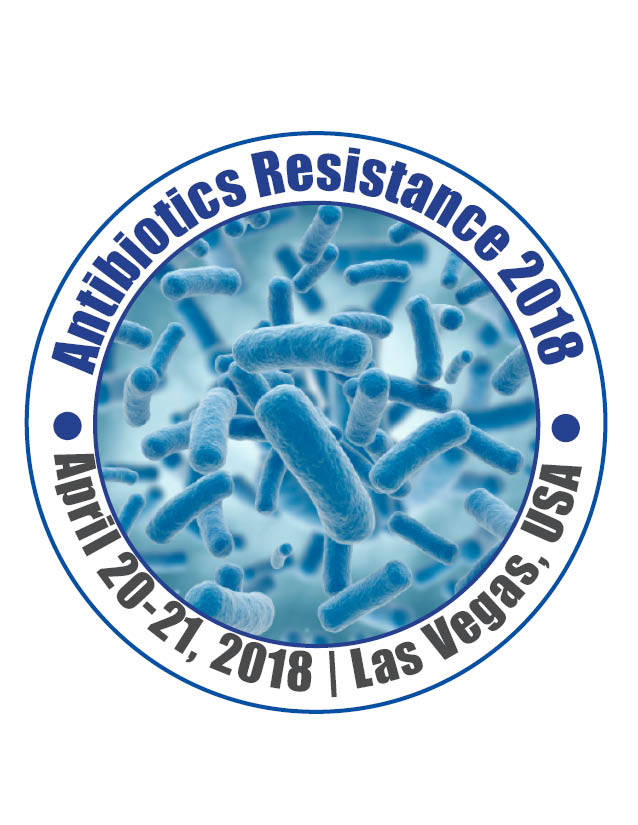
John J S Cadwell
FiberCell Systems Inc., USA
Title: 3-D Cell based Pk/Pd assays in hollow fi ber bioreactors
Biography
Biography: John J S Cadwell
Abstract
Many drug eff ects are dependent upon not just concentration, but also time. Cell based assays and in vitro testing methods are a useful, time and cost eff ective tools for drug discovery. However, it is generally accepted that many of the available assays are not eff ective for examining the eff ects of both time and concentration, and do not closely mimic physiologic kinetics or the complex environment required for virus or parasite testing. Static cell based assays in plates, fl asks or other formats do not readily permit changes in drug concentration as would be seen in human Pk/Pd. Animal models generally do not provide the same drug kinetics as would be found in humans and can be diffi cult to quantitate. Hollow fi ber (HF) bioreactors can mimic complex, 3-D and multi-cellular structures and environments required for virus and parasite culture in vitro. HF cartridges have continuous medium circulation supporting dynamic control of drug concentration over time and resulting in
the mimicking of dynamic tissue drug concentrations. A high surface-area-to-volume ratio permits extremely rapid exchange
of metabolites and pharmacoactive molecules between the central reservoir and cells growing in the relatively small ECS of the
cartridge. Furthermore, the volume of this central reservoir can be easily adjusted to permit rapid and reproducible changes in drug concentration. Simulation of the kinetics of multiple drugs can also be accomplished so drug/drug interactions and combination therapies can readily be modeled. The system is compact enough that multiple cartridges can be conveniently manipulated in a relatively small space, providing multiplexed or parallel and higher throughput type assays. Such systems can be configured for cell based assays employing either a single-cell type or multi-cell in co-cultivation. Th ese assays can generate data that is not available in any other manner, and bridge an important gap between animal studies and phase I clinical trials. Large number of cells can be assayed over a pharmacologically relevant period of time. Drug concentrations can be controlled in a dynamic fashion and both adsorption and elimination curves can be modeled. Multiple tests can be performed on the same cell population. Th ree dimensional cultures of multiple cell types can model complex processes such as virus infections in tissues, parasite infections, hematopoiesis, cancer cell propagation, cancer cell metastasis, and the blood brain barrier.

